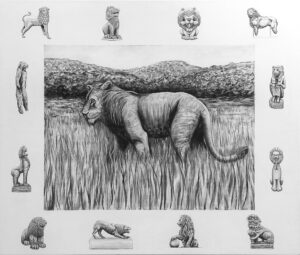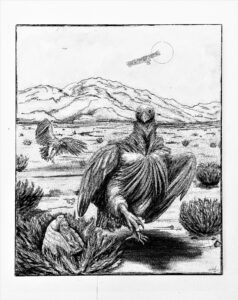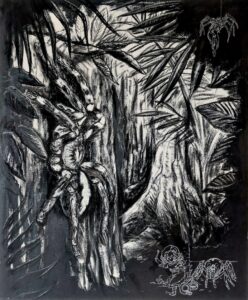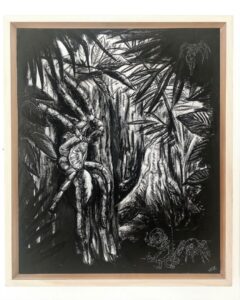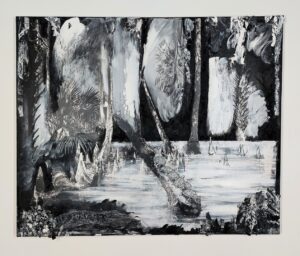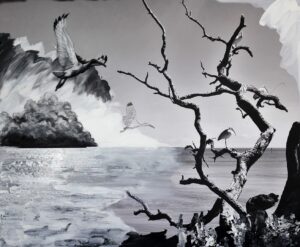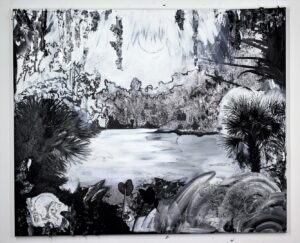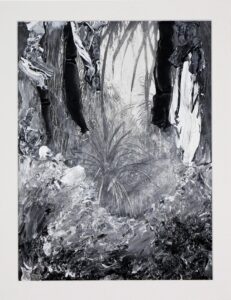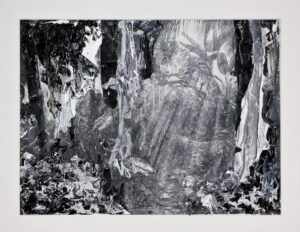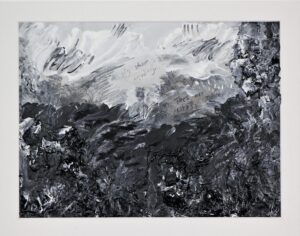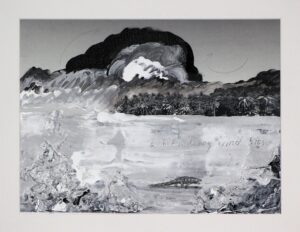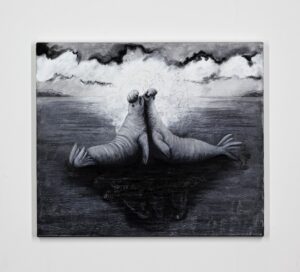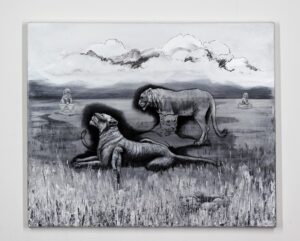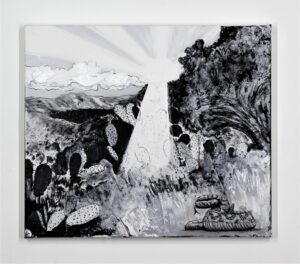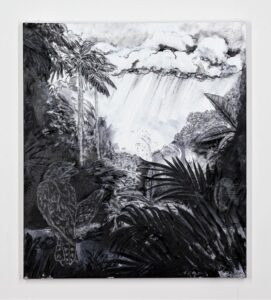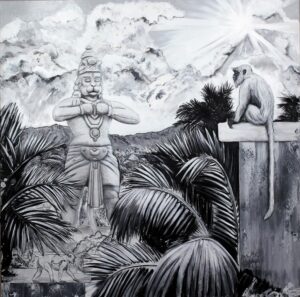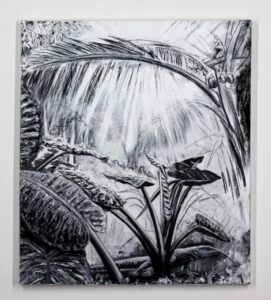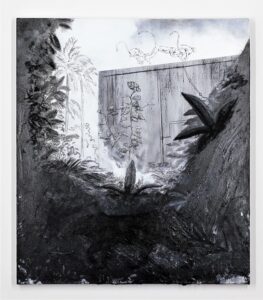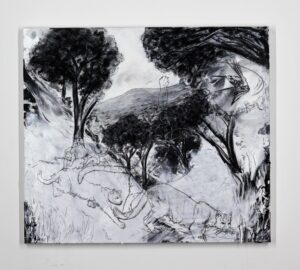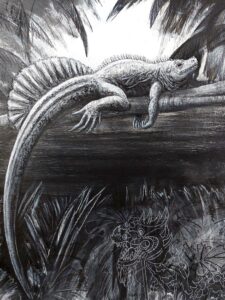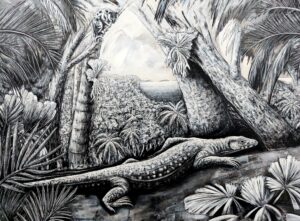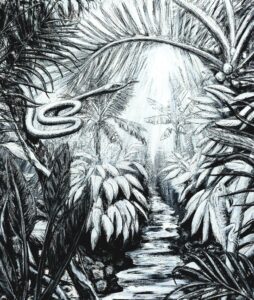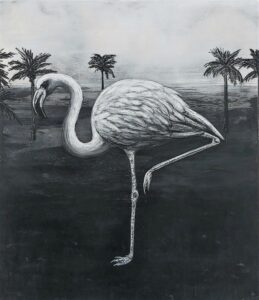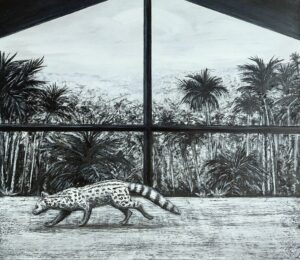Unsung animals of the world
This series of drawings are a body of work that I have wanted to focus on for some time. It is a collection of artworks that are highlighting, and also introducing, certain species of animal that most people would not know that they even existed!
They are the unfamiliar species that are often overlooked by people, the ones that are not really focussed on in our different cultures across the world. To me, they are equally as fascinating in their evolution as the better-known species, and just like these more familiar animals, some of these species are also threatened with extinction by human activity.
This body of work has been made to focus on and celebrate these creatures, the unsung animals of the world.
It is to raise awareness of them and to encourage people to research them further. The names of these animals are all genuine and accurately researched, although many animals are known by a few different names. I am interested in why certain species are given particular names and trying to translate and make sense of these.
Developing this new series of work has been a rewarding exercise in doing two of my favourite things- researching and learning about strange animals, and drawing!
Stylistically, I have made these drawings to visually reference the illustrations and diagrams you would find in old wildlife field guides, that I am still obsessed with flicking through.
